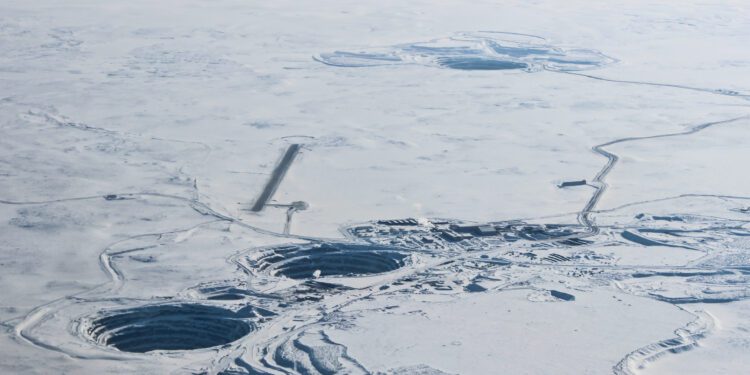Every year, a 250-mile (400-kilometer) ice road is built to reach remote diamond mines in the Arctic region. This year, however, Canada’s atypically warm winter delayed its opening in February by two weeks and, just recently, the Tlicho government in the Northwest Territories stopped movement of commercial trucks for a few days.
Known as the Winter Road, the pathway is built over more than 64 frozen lakes. Its delayed opening affected the movement of goods along the ice road that goes to a region can that be accessed only by air for 10 months out of the year.
Diamond production has not been affected, but it brings to the forefront the obstacles that companies face as the mines—which give Canada its status as the third-largest diamond producer globally—near the end of their lifecycle. Additionally, it underscores challenges for the NWT and Nunavut that are working to position themselves as the frontline explorers of critical metals such as cobalt and lithium.
A natural El Nino climate pattern, which led to world records for global temperatures in 2023, led to a recording of 32 degrees F (0 degrees C) in December and negative 17.6 degrees F (negative 8.7 degrees C) in February—the warmest winter days in 10 years.













Recent Comments